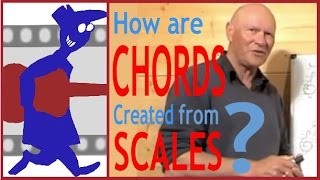How to make your own chords on the guitar - Part 1
Published on 26 January 2016
If you would like to gain full access to all our Guitar Teaching Materials please visit the Secret Guitar Teacher Site and take a free tour: http://www.secretguitarteacher.com/youtube/ssb.php?lp_id=524
Here's the video transcript:
No matter what style of guitar you play, the ability to create chords 'on the fly' has many useful applications. And if you have followed me through the last couple of Sound Bites, we have already formed a pretty solid basis on which to develop this skill.
The first step is to be able to find MAJOR chord shapes anywhere on the fret board and see the interval patterns that make up their shapes.
Now let's try looking at it this way. We'll pick a root note on the 6th string, and using our G chord as a sort of archetype build a major chord shape. When we play G we play the root on the 6th string and the third on the next string
This configuration is what I refer to as a backward diagonal type chord shape. By this, I mean that the shape is heading off in this direction.
So we find the 5th here and if we want we can add the octave here
Of course, in the open G chord we go on to add another 3rd here and finish up with yet another root note up here on the top string. But, I want you generally to think of chord shapes using fewer strings from now on. So let's catalogue this four string shape as a movable, 6th-string-rooted backward diagonal, major shape.
So here it's G major, move it up a fret to become G# or Ab then A, Bb, B ...and so on...But, going back to where we started with our root note on the 6th string, lets now explore the other option. Instead of looking for the 3rd interval here, let's instead use the 5th interval here..
Now we find ourselves building the chord in the forward diagonal direction. We still lack a 3rd don't we? So let's have a look...Can't reach one on this next string so we'll have to make do with doubling up on our root note and fingering this as an octave . Now from here, we can easily find a third on the next string.
So, whereas with our backward diagonal shape we could easily finger the chord in the nice neat order of 1 3 5 8 ...With the forward diagonal option we have to make do with the slightly less elegant 1 5 8 10 arrangement.
Fortunately for guitarists, most of the rules of harmony apply, regardless of pitch. So note 10 works as effectively as note 3, because it is the 3rd note in the following octave if that makes sense! So our forward diagonal, movable, major shape rooted off the E string, looks like this . And that could be F , F#, G, G# and so on as we move it up the frets.
Now it's time to set your homework assignment :-)
First, go back over this lesson, as well as the previous two sound bites if necessary, and make sure you have fully understood the detail. If at all confused, just use the contact form in the Help & Support section of the SGTsite to email me for clarification.
Then, following the logic of the approach used in this little lesson, see if you can create 3 or 4 string movable chord shapes rooted on the 5th, 4th and 3rd strings as well.
Have a go at creating two on each string - one sloping forward and one sloping backward as we have done with these shapes today.
Then in the next lesson you can compare your results with mine :-)
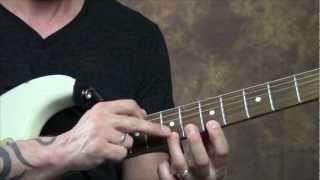 Learn to Bend Your Guitar Strings the RIGHT Way
Learn to Bend Your Guitar Strings the RIGHT Way
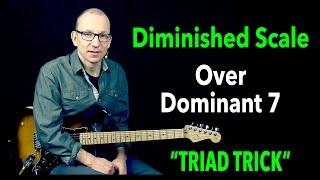 Diminished Scale over Dominant 7 - using a TRIAD -...
Diminished Scale over Dominant 7 - using a TRIAD -...
 Wah Pedal Guitar Lesson With Michael Casswell | Li...
Wah Pedal Guitar Lesson With Michael Casswell | Li...
 How to arrange a song on guitar
How to arrange a song on guitar
 Understanding Key Signatures - Part 3
Understanding Key Signatures - Part 3
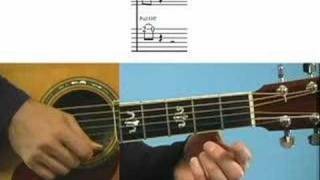 Learning Guitar Tab: Hammer Ons & Pull Offs
Learning Guitar Tab: Hammer Ons & Pull Offs
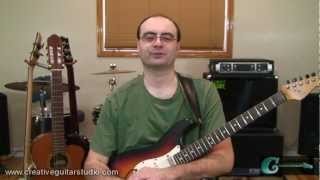 SONGWRITING: Methods of Modulation
SONGWRITING: Methods of Modulation
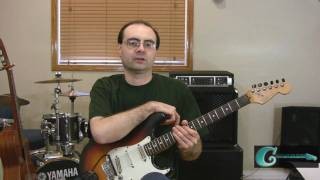 Guitar String Bending Technique
Guitar String Bending Technique
 Palm Muting Basics Video Guitar Lesson
Palm Muting Basics Video Guitar Lesson
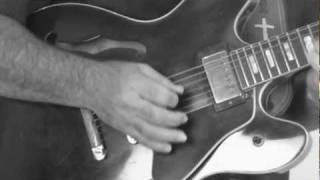 beginners guide to lead guitar
beginners guide to lead guitar

